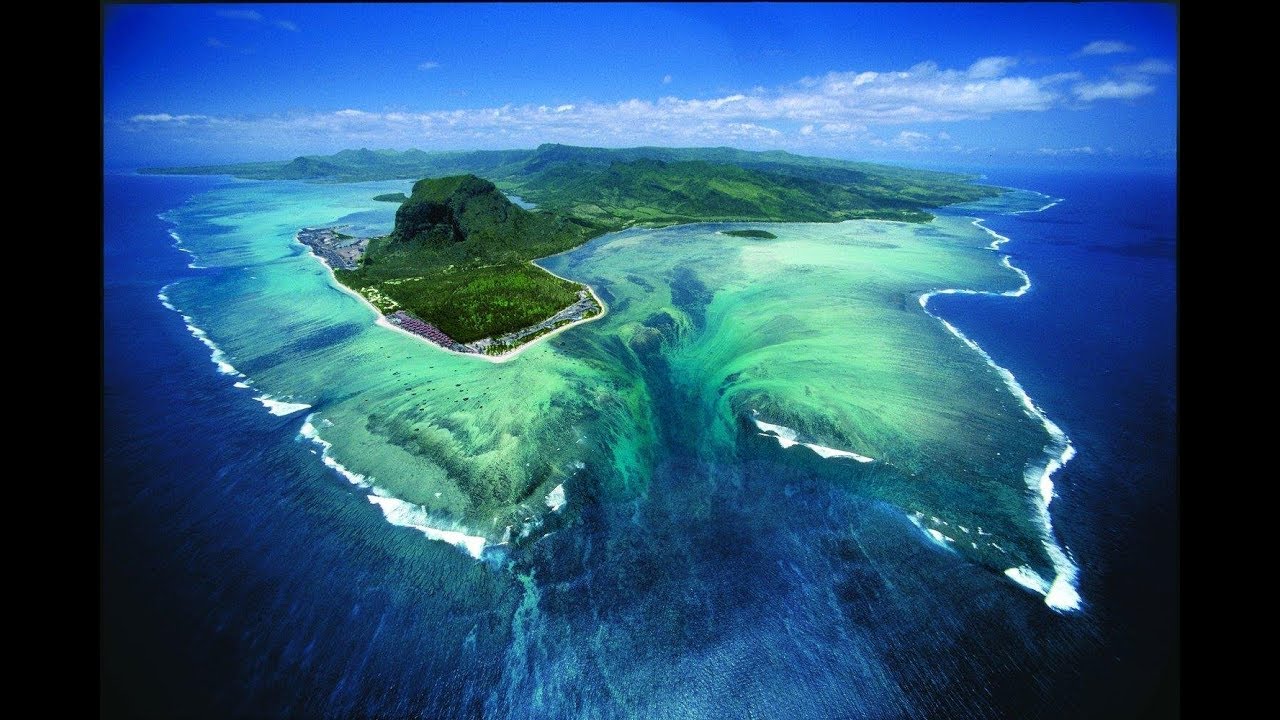Beneath the ocean’s surface lie more majestic mountains and deeper gorges, with the world’s longest mountain range located underwater. The same principle applies to waterfalls.
Exploring the Wonders of the Submerged Cascade
The idea of an underwater waterfall may seem incredible at first, but upon closer inspection, it becomes more understandable. This phenomenon doesn’t depict water cascading over an edge into the air; instead, it involves the movement of water from a higher to a lower point due to variations in water temperature and, consequently, density.
The Astonishing Scale of Earth’s Underwater Falls
The world’s largest waterfall is actually underwater, known as the Denmark Strait Cataract. Situated in the Denmark Strait between Greenland and Iceland, it stands at 3,505 meters (11,500 feet), making it three times taller than Angel Falls, the highest waterfall above sea level. The Denmark Strait Cataract is also 160 kilometers (100 miles) wide and carries around 5 million cubic meters (175 million cubic feet) of water per second, equivalent to about 2,000 Niagaras at peak flow.
Formed by the temperature difference between the cold water of the East Greenland Current and the warmer water of the Irminger Sea, the Denmark Strait Cataract is a series of cataracts similar to waterfalls on land. It plays a crucial role in the ocean’s circulation system, aiding in the global transport of heat and salt, as well as contributing to the formation of sea ice in the North Atlantic Ocean. The Denmark Strait Cataract is a testament to the extraordinary and unexplored realms beneath the ocean’s surface.







